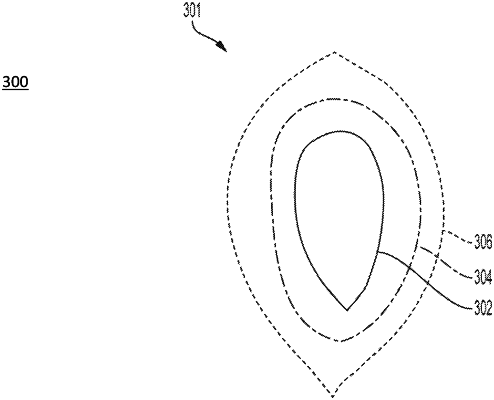| CPC A23L 27/72 (2016.08) [A23L 27/21 (2016.08); A23L 27/88 (2016.08); A23L 29/262 (2016.08); C08J 3/075 (2013.01); C08L 1/28 (2013.01); C08J 2301/28 (2013.01); C08J 2489/00 (2013.01)] | 18 Claims |

|
1. A method comprising:
mixing at least one oil to a converted gelator polymer to result in a gelator polymer-oil mixture,
mixing at least one hydrocolloid to the gelator polymer-oil mixture and heating the gelator polymer-oil mixture to result in a microgel structure,
wherein the heating of the microgel structure to a sufficient temperature to result in a liquid phase,
wherein the microgel structure comprises the following properties:
a) at least one oleogel,
wherein the at least one oleogel has a continuous oil phase; and
b) at least one peptide selected from a group consisting of a umami peptide, and a kokumi peptide,
wherein the umami peptide comprises at least one of glutathione, a hydrolyzed protein, a fermented protein, or a seaweed extract,
wherein the kokumi peptide comprises at least one of a γ-glutamyl peptide, a lactoferrin-derived peptide, a soybean-derived peptide, or a yeast extract peptide; and
entrapping at least one flavor potentiator within the microgel structure to result in a peptide-infused microgel structure,
wherein the at least one flavor potentiator is entrapped within the peptide-infused microgel structure so as to result in, when heated to a temperature of 95° F. to 105° F., the peptide-infused microgel structure releases the entrapped flavor potentiator in a controlled release,
wherein the peptide-infused microgel structure is 51% to 95% water based on a total weight of the peptide-infused microgel structure,
wherein the at least one oleogel, the at least one peptide, and the at least one flavor potentiator are dispersed in the water.
|